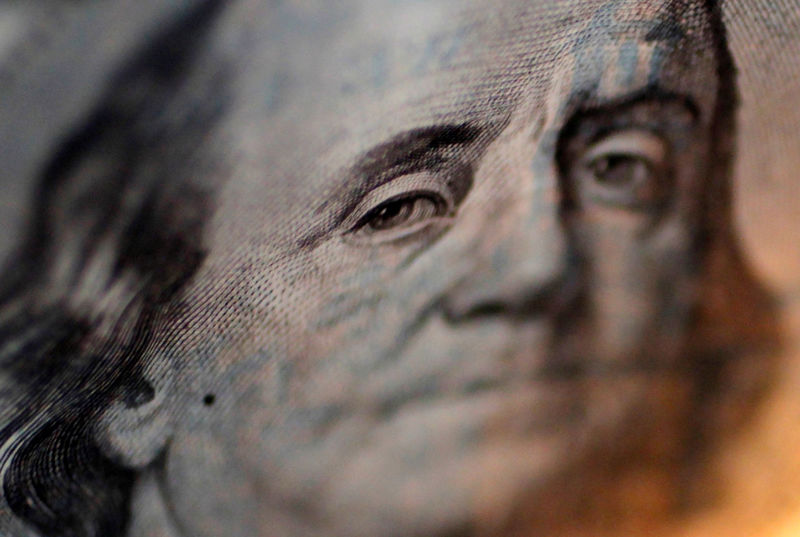By Ambar Warrick
Investing.com -- The U.S. dollar traded near two-month lows on Thursday as softer-than-expected inflation data and fears of a recession saw markets pricing in a greater chance that the Federal Reserve will pause its rate hike cycle.
But Asian currencies saw limited gains on Thursday, as fears of slowing economic growth kept markets wary of most risk-driven currencies.
The dollar index and dollar index futures moved little in Asian trade, after tumbling to near a two-month low in overnight trade. Data showed that U.S. consumer price index (CPI) inflation eased more than expected in March, although core CPI inflation still remained stubbornly high.
The data triggered increased bets that the Fed will hike rates once more before announcing a pause in June, according to Fed Futures fund prices - a scenario that bodes well for rate-sensitive, risk-heavy assets.
San Francisco Fed President Mary Daly also raised the possibility of fewer rate hikes by the Fed, given that the central bank raised interest rates sharply from near zero levels over the past year.
But optimism over slowing rate hikes was cut short by the minutes of the Fed’s March meeting, which showed that policymakers were wary of a mild recession later this year.
The Japanese yen fell 0.1% after gaining little in overnight trade, while the Chinese yuan was flat, taking little support from data showing a surprise rebound in exports through March. The reading could herald better trends for China’s massive manufacturing sector, especially if offshore demand improves further.
The Indonesian rupiah and the South Korean won were among the few outliers for the day, rising 0.6% and 0.7%, respectively, given that they were among the worst hit by a spike in the dollar through 2022.
The Australian dollar also rose 0.3%, as a substantially stronger than expected reading on the labor market sparked renewed bets that the Reserve Bank was not yet done with its rate hike cycle.
The Indian rupee was flat as data showed local CPI inflation eased more than expected in March. The reading lent further credence to the Reserve Bank of India’s recent decision to pause future rate hikes, as it moves to strike a balance between curbing inflation and facilitating economic growth.
Indian industrial production and manufacturing output also grew more than expected in February, recent data showed.
